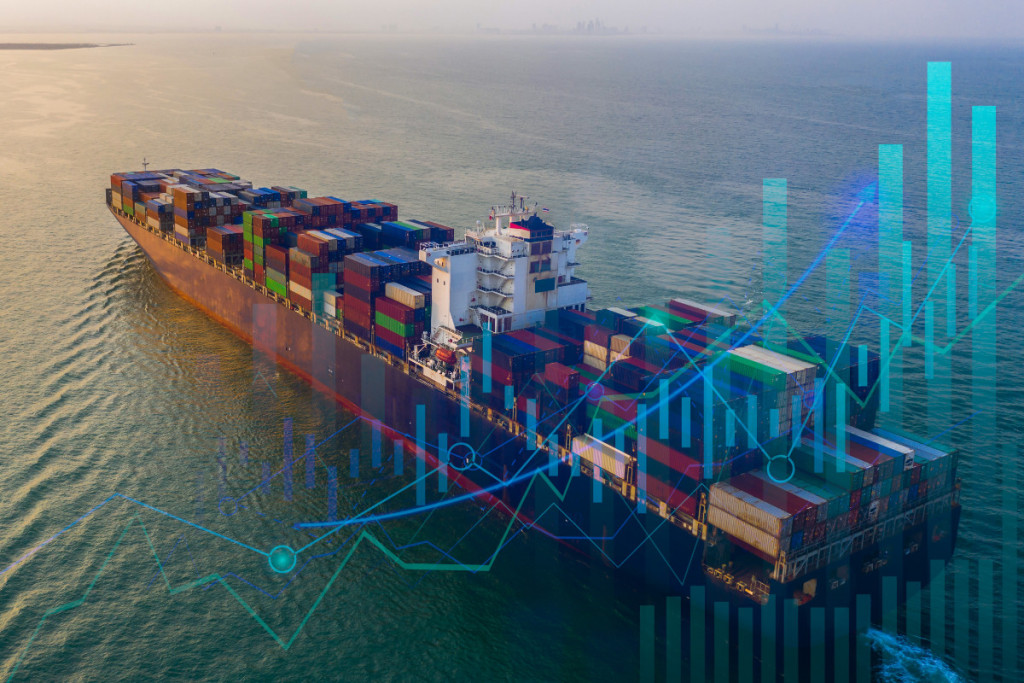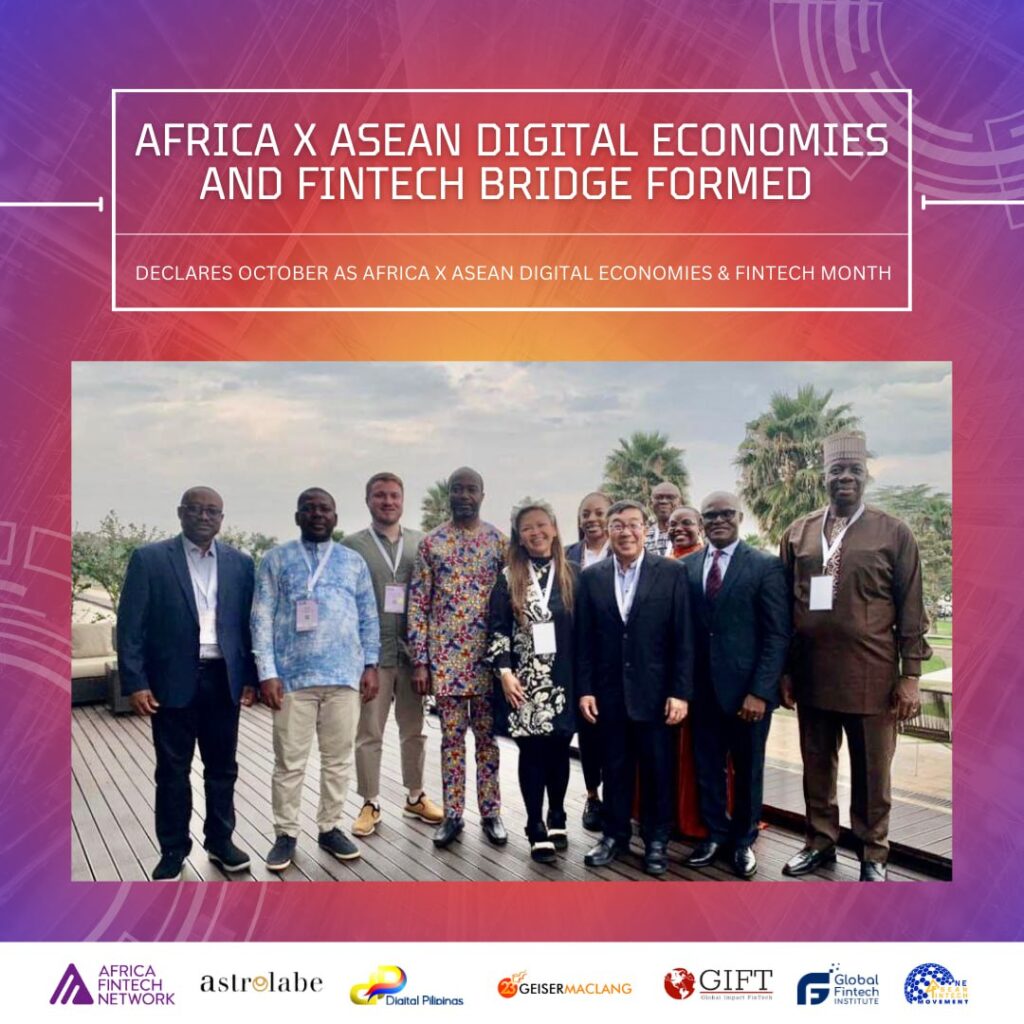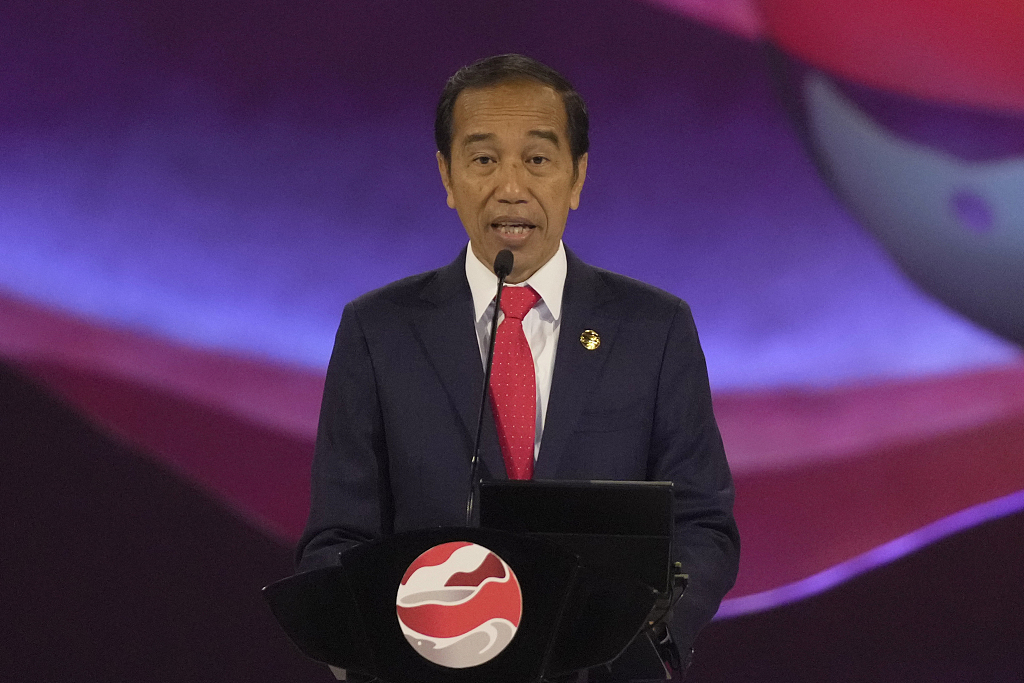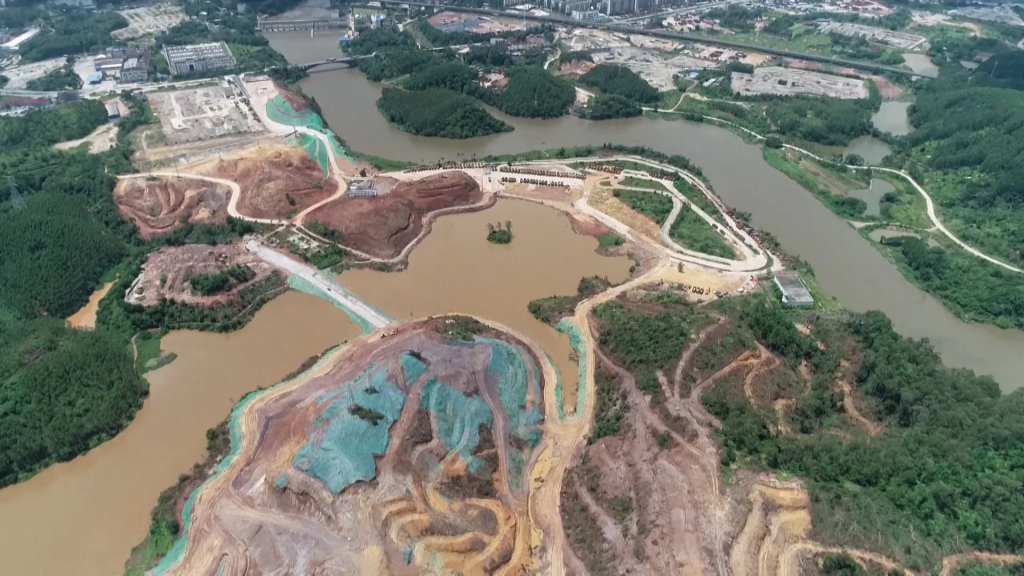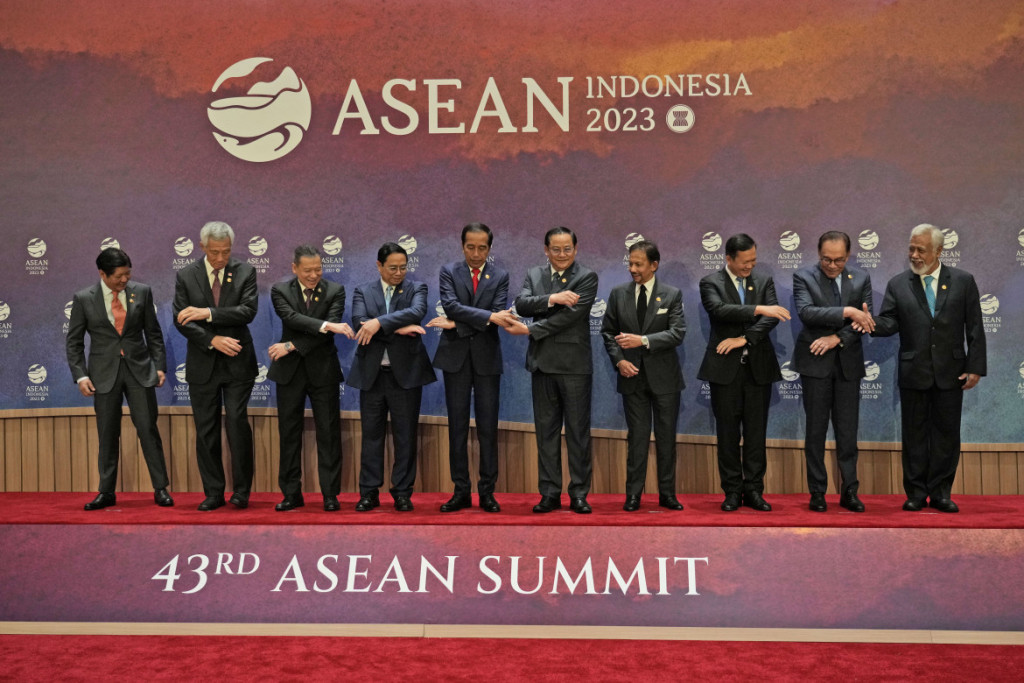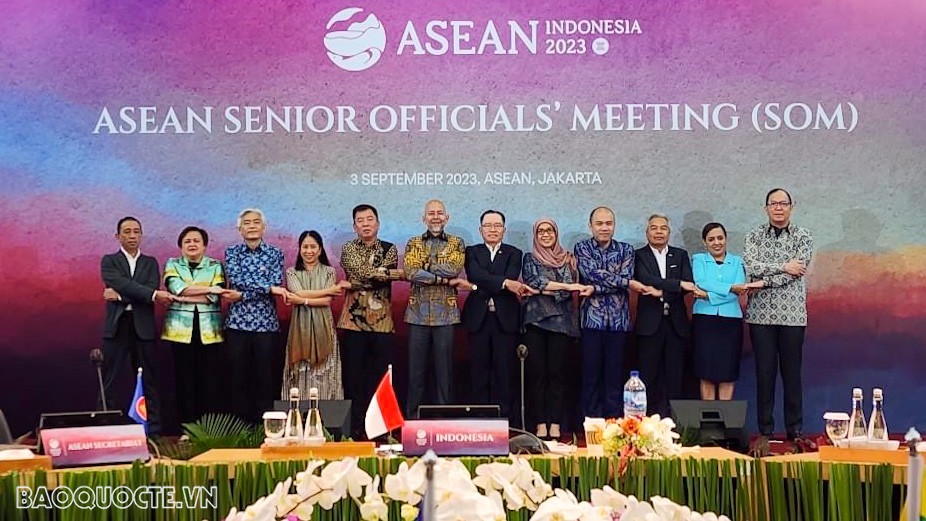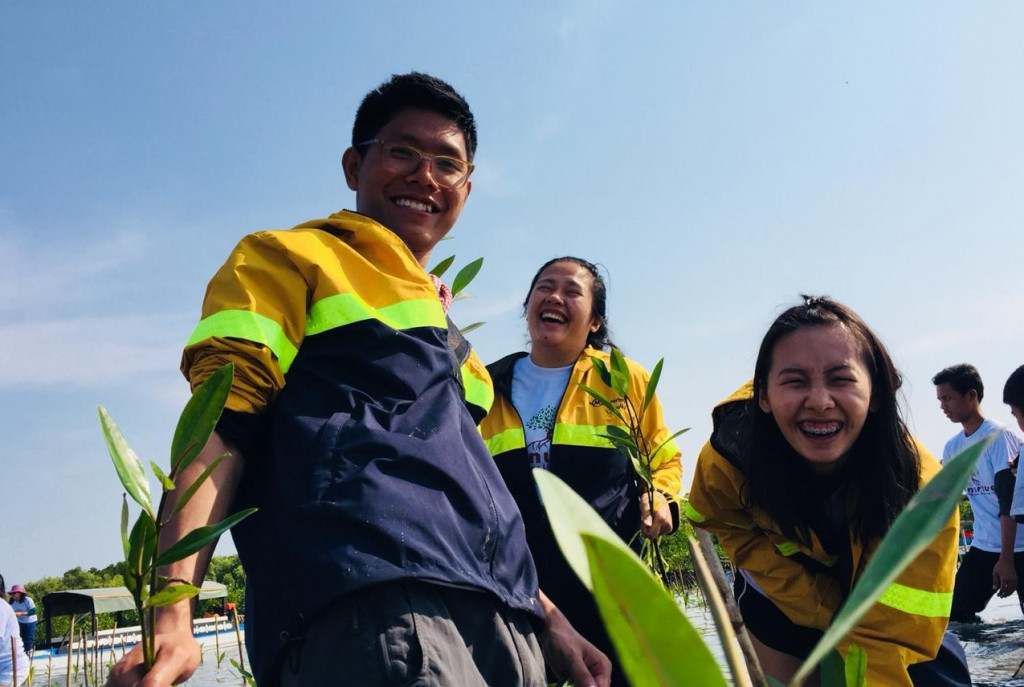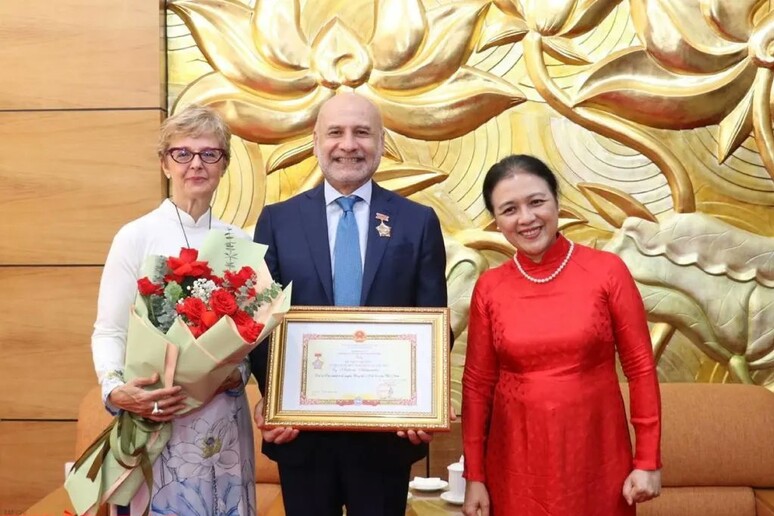Launched last year, the project highlights Beijing's shifting focus toward improving maritime connectivity.
The Pinglu Canal will stretch over 134 kilometers from the Xijin Reservoir near Guangxi's capital Nanning to the port of Qinzhou in the south, complementing existing highways and railways for moving goods. The huge $10.3 billion canal will have locks capable of accommodating 5,000-ton merchant ships. This would demonstrate--according to observers--Beijing's shifting focus toward improving maritime connectivity for its Belt and Road Initiative, at the expense of land routes. Officials say the canal will reduce the navigation distance between inland river networks and the sea by 560 kilometers, compared to passing through Guangzhou, resulting in savings of up to 5.2 billion yuan per year.
By creating convenient and cheap access near Southeast Asia, the Pinglu Canal also promises to boost industries in Guangxi and other parts of relatively less developed western China.
In addition, geopolitical dynamics could make the project's implementation even more urgent.
As emerged at the mid-May Group of Seven summit in Hiroshima, just as the United States and Western allies are determined to "reduce risks" from China, Beijing also aims to reduce its trade dependencies. In a report published in March by the Peterson Institute for International Economics, analysts said that "both sides have the same fear, that the other will suddenly use trade flows as a weapon -- cutting imports or exports -- in the name of security."
The channel aims to strengthen already growing trade with ASEAN states, which are all joined with China under the Regional Comprehensive Economic Partnership (RCEP) free trade framework, officials said. ASEAN and China have now become each other's largest trading partners, with two-way trade increasing 52 percent from 2019 to 2022, surpassing the 20 percent increase with the European Union.
In addition to reducing China's dependence on trade with the West, some say that stepping up business with Southeast Asia could also ease disagreements between Beijing and various governments in the region. According to Phar Kim Beng, CEO of the Malaysian consultancy Strategic Pan Indo-Pacific Arena (SPIPA), China and some ASEAN countries need such cooperation to mitigate the bitterness of their territorial disagreements in the Spratly and Paracel Islands in the South China Sea.
As noted by Yang of the Danish Institute, lessons from the pandemic have further pushed authorities to strengthen transportation infrastructure. COVID-19 restrictions in China caused severe supply chain disruptions as logistics were concentrated at key ports on the country's east coast. In his view, as a result of China's difficulties in handling global logistics during COVID, it is therefore necessary to strengthen some ports in China so that it does not rely on the larger Shanghai ports.
In fact, the canal is just one part of a much larger effort to create an efficient land-sea corridor. Guangxi government officials say the emerging corridor has already accelerated logistics, shortening the duration of shipments from Chongqing-in western China-to Singapore from twenty-two to seven days. However, even with such improvements, some experts warn that the full economic benefits of the canal and high-tech port infrastructure will not be automatically resolved.
According to Stephen Olson-researcher at the Hinrich Foundation in Singapore-there may be limits to the growth of trade with the Southeast Asian bloc, as "building efficient infrastructure alone cannot create trade synergies where they do not exist, nor can it create competitive industries in ASEAN that are capable of producing what Chinese importers will demand. The Chinese economy is much larger than any single economy in ASEAN, and this creates leverage that can sometimes lead to unbalanced and unsustainable trade relationships." Olson also expressed skepticism about efforts by both the United States and China to bring ASEAN countries closer to their side. "For most ASEAN countries, their national interests are protected by sitting on the fence and maintaining strong economic and strategic ties with both," he said.
Another area of concern is the environmental and financial costs. A study published in 2022 by the Transport Planning and Research Institute, under China's Ministry of Transport, reported a number of potential side effects of the canal, including isolation or destruction of natural habitats, changes in the ecology of the area, reduction of vegetation, and dust or other pollution caused by passing ships. However, the authors argued that, depending on the route, the risks should be "controllable," while noting that "abundant wetland environments" could be created to mitigate impacts. Project officials also promised to build conservation havens to safeguard the ecology.
The estimated $10.3 billion bill for the canal project comes as Chinese local governments' fiscal health comes under greater scrutiny, now that pandemic-related social restrictions have been lifted, and the real estate sector is experiencing a severe slowdown.
According to business data research portal Aiqicha.com, the canal project is supported by state institutions in Guangxi, including the Guangxi Beibu Gulf Investment Group. The group in December was assigned a Baa3 rating in its first assessment by Moody's. The rating was supported by the Guangxi government, although the agency noted the group's "rapid debt growth related to its investments in public policy projects."
Separately, both foreign and local manufacturers in Qinzhou say they are beginning to feel both the effects of the new port facilities and the consequences of the RCEP. The trade agreement, also signed by Japan, South Korea, Australia and New Zealand, which went into effect last year, eliminates 90 percent of tariffs on goods traded between signatories. "Tax clearance has been reduced from three days to only one to two minutes," said Zhou Ju, an official of Asia Pulp and Paper in Qinzhou, backed by Indonesian conglomerate Sinar Mas Group. According to Zhou, this is due to the certificate of origin, as export documentation is available online under RCEP.
Officials insist that the Pinglu channel will allow China to make even greater gains from the RCEP.

